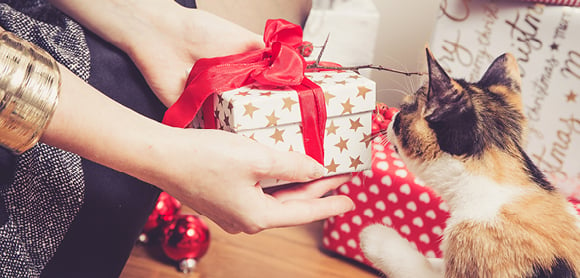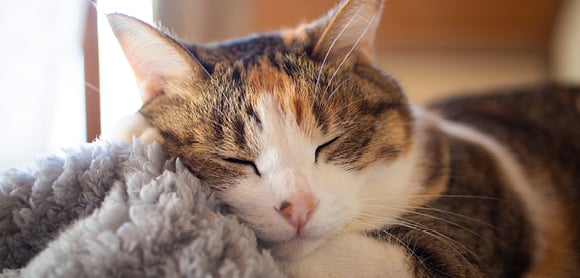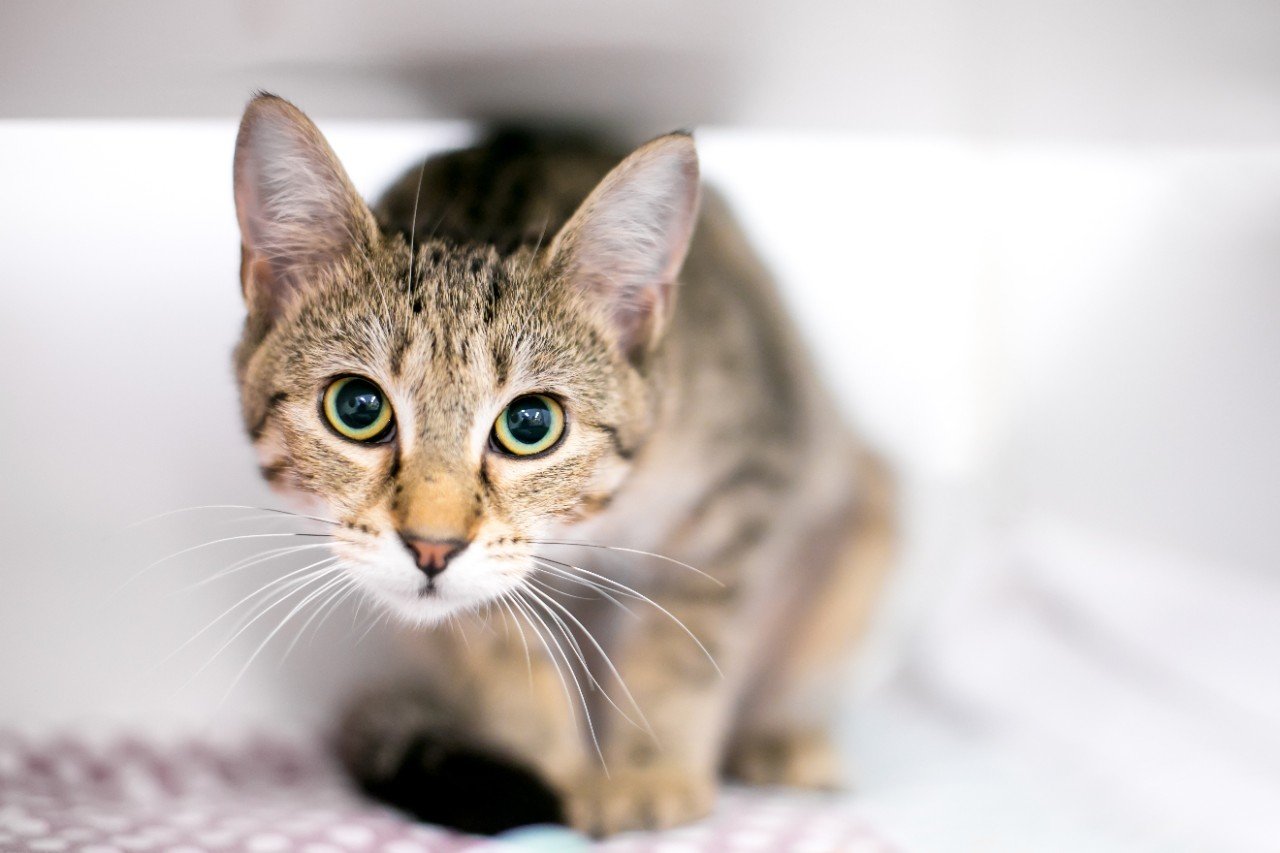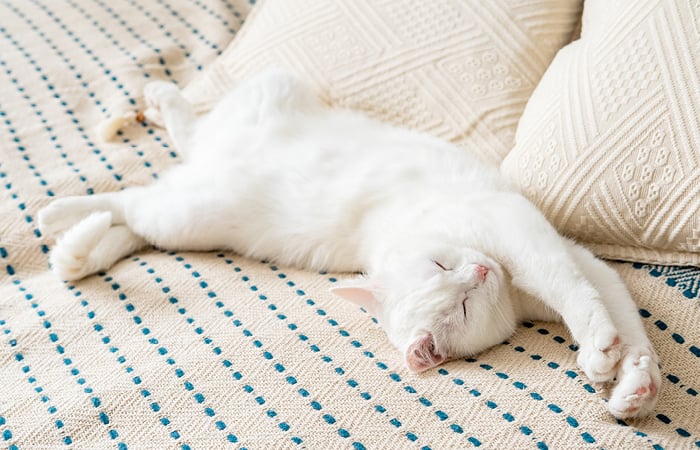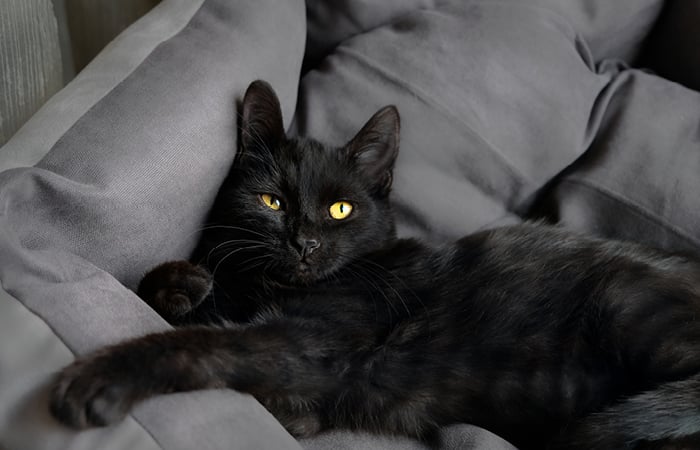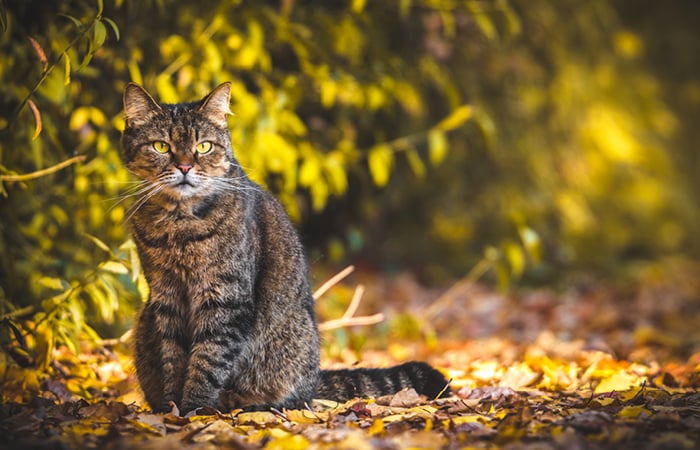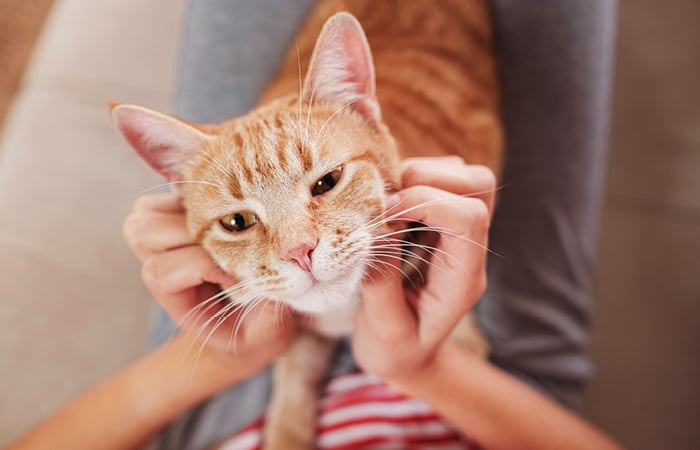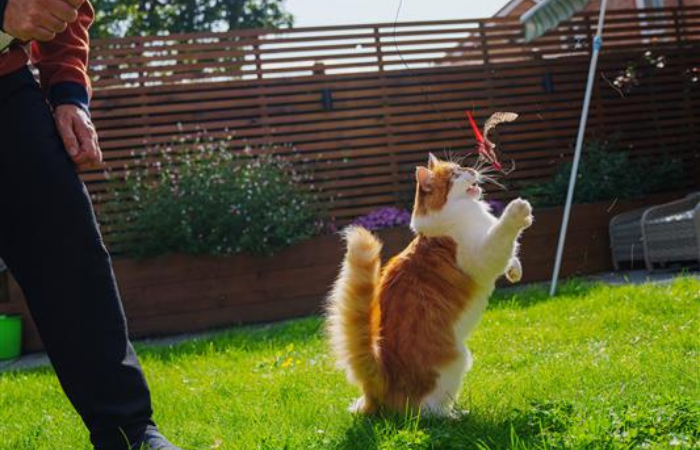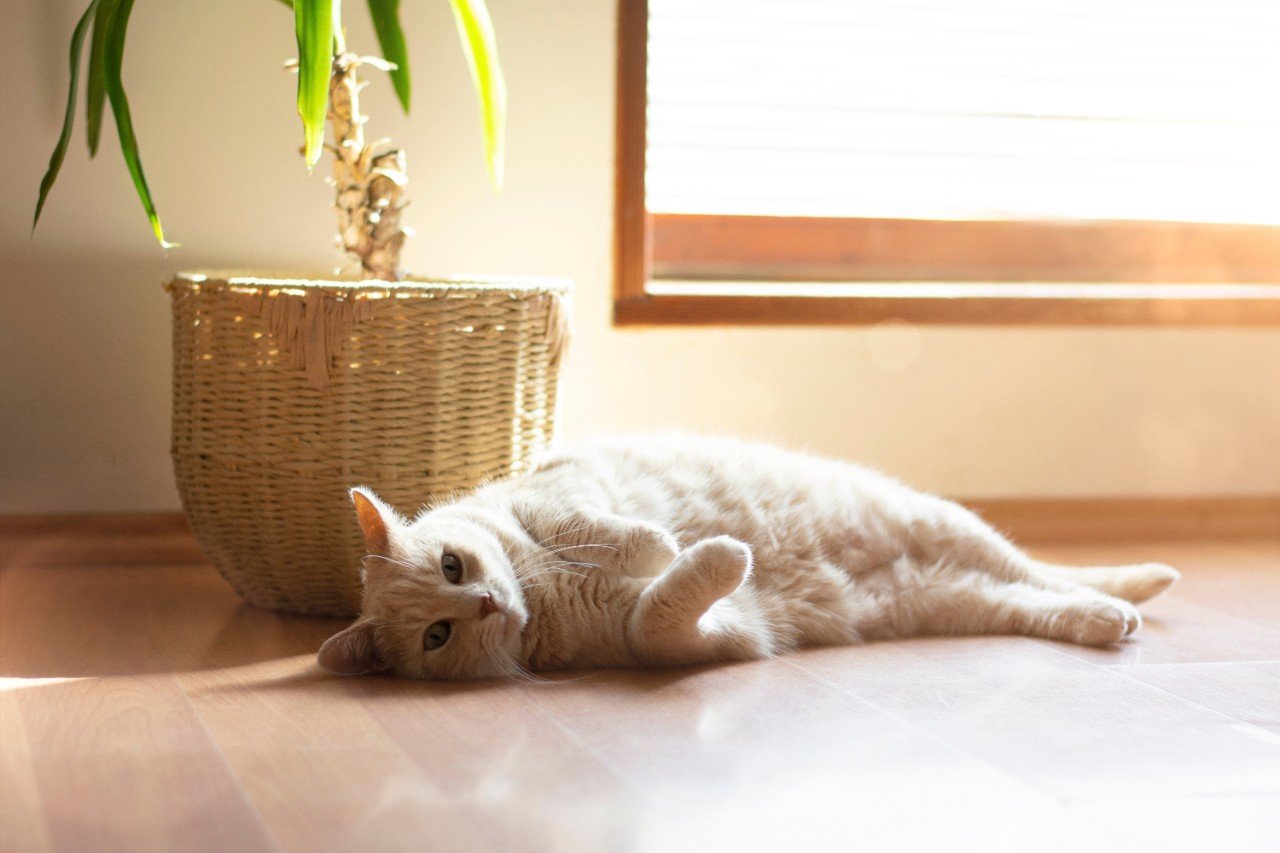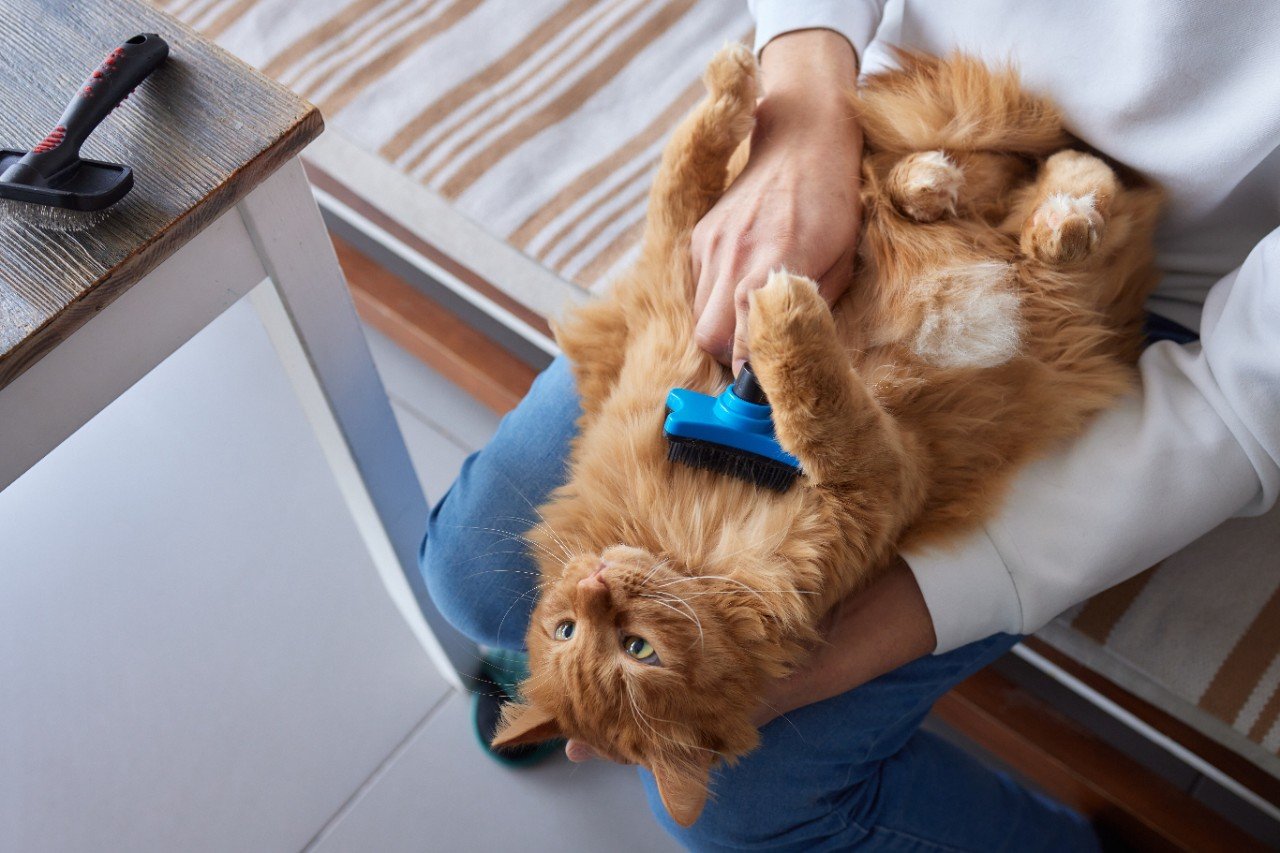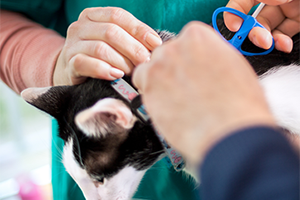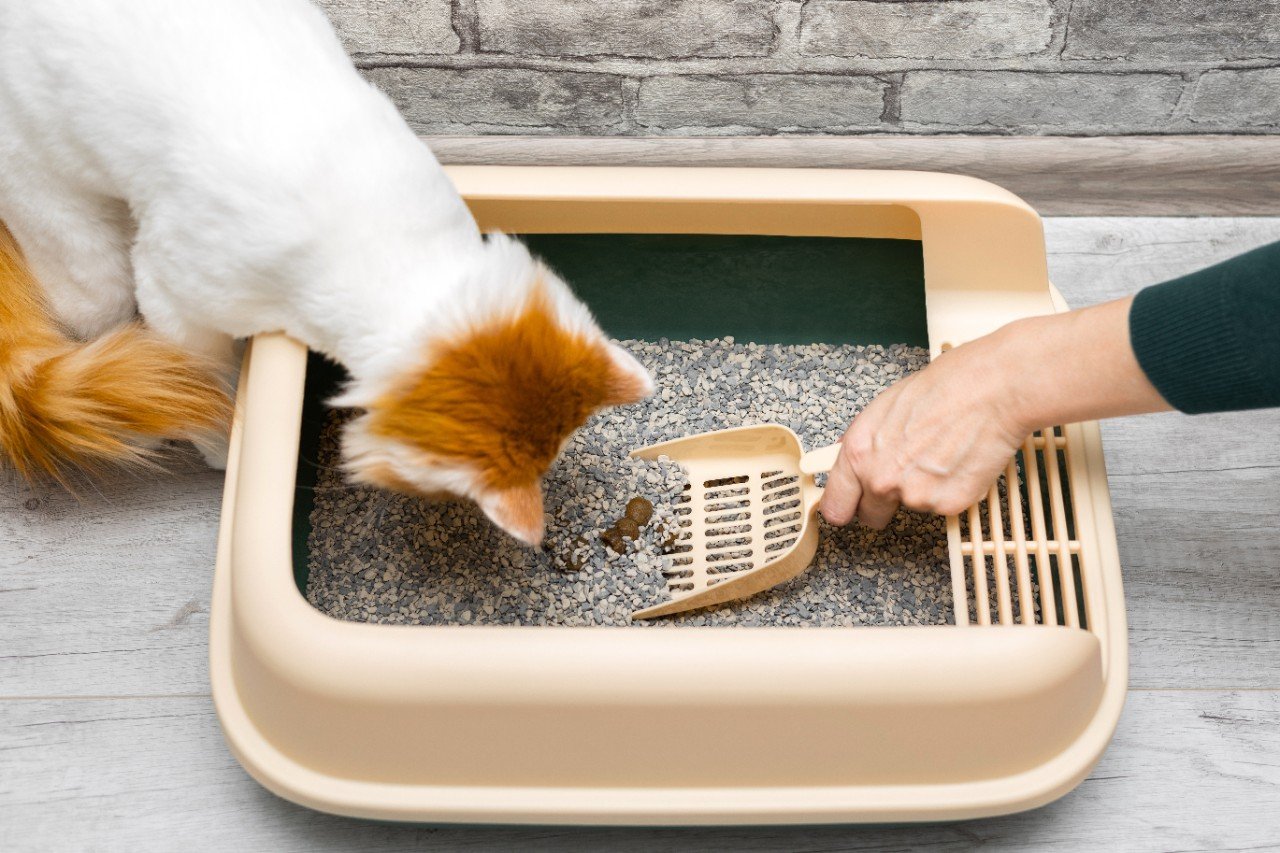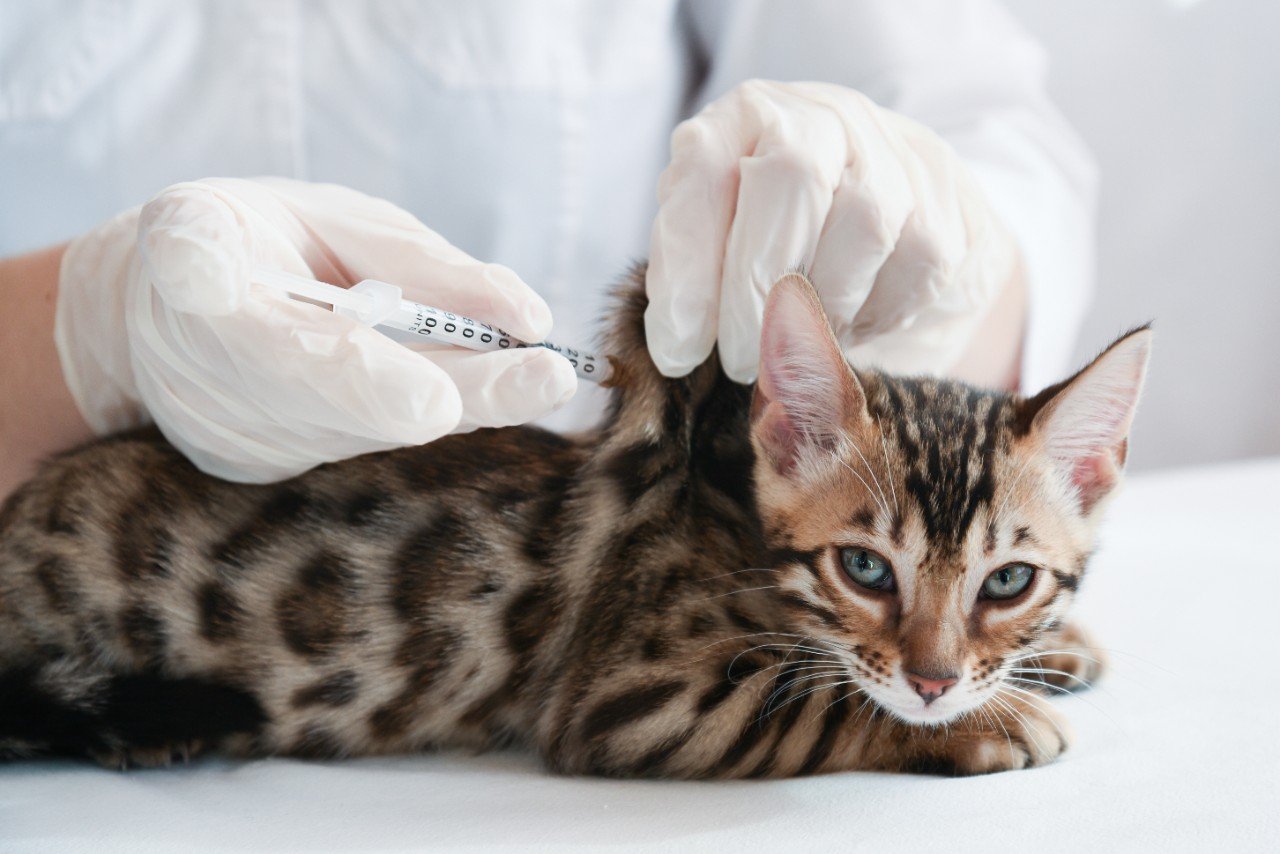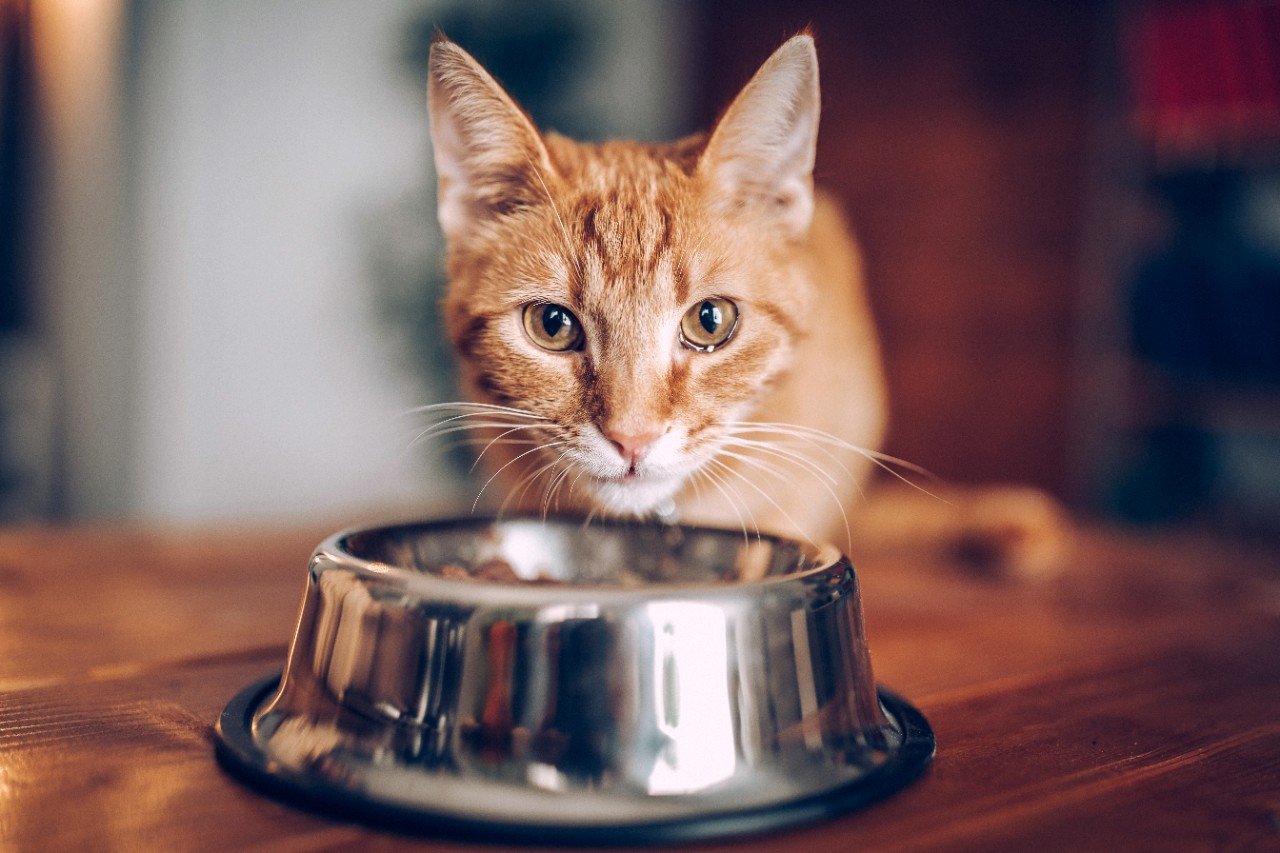
Ragdoll

Ragdoll cats are affectionate companions with a beautifully soft coat
Vital stats
Swipe to view more
| Size: | Large |
| Coat: | Semi long-haired |
| Life span: | 12 – 17 years |
| Temperament: | Trusting, playful, relaxed, affectionate |
Ragdoll personality & temperament

- This breed is ideal for a busy family atmosphere, they can tolerate reasonable levels of household noise, and their playful nature means they love being with children under supervision, provided they’re well socialised and their space is respected.
- Ragdolls like to get involved with the day-to-day activities of the household. Depending on the individual cat – some like to sit next to their owners, some like to follow them everywhere, some even like to snuggle up next to you at bedtime.
- A fully mature female Ragdoll cat can weigh from 8-15lbs (nearly 7kgs) and fully grown male ragdoll cats are even larger, weighing 20lb (over 9kgs). They’re one of the largest domestic cat breeds you can buy.
- They are on a constant search for attention so you may be followed around your house and affectionately head-butted. They’re ideal for cat owners who work from home, or who can spend hours with them.
- Ragdoll cats have similar personality traits to dogs as they form close bonds with their owners and are naturally very affectionate. They can learn to play fetch.
Ragdoll food & diet

As one of the largest breed of domestic cat, Ragdoll cats can have big appetites. Getting their diet right is important for their long-term health.
- As with all domestic cats, Ragdoll cats are obligate carnivores and must be fed a meat- based diet. The best food for your Ragdoll is a complete, balanced diet which is suitable for the current life stage of your cat.
- High-meat diets are rich in protein which is essential for a healthy coat, and for energy. A poor diet can also cause their coat to shed more and cause lethargy.
- As they are a naturally larger breed, it makes sense they have to eat a little more than smaller cats. When it comes to feeding requirements for Ragdoll cats you’ll need to ensure they eat enough to support their metabolism, whilst keeping an eye on their intake and exercise ensuring they don’t become overweight.
- The Ragdoll cats’ generous coat and bigger physique can hide weight gain. Being overweight could add stress to their joints and heart. If you’re not sure about the ideal weight for your Ragdoll cat it’s always best to consult with your vet.
Ragdoll grooming & coat care

A Ragdoll cat’s grooming requirements are lower maintenance than some other long-haired breeds, but they still need lots of care.
- You can identify a Ragdoll cat by their bright blue eyes and the ‘pointed’ pattern, meaning their faces are darker and their bodies are paler. Ragdoll cats have six different colour options: seal, red, chocolate, cream, blue and lilac.
- Ragdoll cat fur is soft, silky, and smooth. They’re not considered a long-haired breed but are instead a medium-length breed. Unlike their Persian, Siberian or Ragamuffin cousins, Ragdoll cats have a single coat without an undercoat. The benefit of this means there’s much less fur to manage, and less shedding, although they still shed more than the average shorthaired cat.
- Ideally using wide-tooth combs and brushes are best when grooming your Ragdoll cat, to help clear any shedding hair and smooth tangles in their coat. They should have home grooming sessions at least twice per week – start when they’re a kitten, so they become comfortable with being groomed and it’s a positive experience.
- Regular home grooming sessions are a chance to bond with your cat and to give them lots of affection. You may need to supplement your home grooming routine with professional appointments. Your Ragdoll cat may benefit from a hygiene clip around their backend.
Ragdoll training & behaviour

Ragdoll cats are friendly, affectionate cats with inquisitive temperaments.
- When they’re happy and safe, Ragdolls will often roll onto their back and show you their belly, demonstrating that they are relaxed and trust you completely.
- With a Ragdoll cat you’ll have a perfect balance of calm and playful. You should put time aside each day to play with them as a great opportunity for bonding.
- You’ll notice your cat is quiet and rarely vocal (although this can vary between individual cats), and instead like to rub against your legs, walk around with their tail raised, making eye contact to communicate their wants.
- Ragdoll cats are relatively easy to train because they are intelligent and respond well to treats and praise. They usually take to litter tray training well if introduced positively and with patience, skill, time and positive reinforcement they can learn tricks and play fetch. Training should start when they are a kitten.
- This breed can easily gain weight, especially as they like to relax a lot. Training your Ragdoll cat, playing fun games with them and giving them lots of interactive toys to play with helps them to exercise and manage their weight.
- The Ragdoll cat’s friendly, curious nature means they approach strangers warmly, so they are at risk of being stolen.
Common Ragdoll health conditions

What to know before you buy or rehome a Ragdoll cat

Ragdoll cats are an easy breed to get along with, but they do need a little special treatment from time to time.
- It’s important to remember that Ragdoll cats are large. They have big appetites and will need a lot of high-quality food to maintain their health. They may also need a larger litter tray, lots of toys to keep them entertained, and regular grooming. As with any purebred cat, they can be expensive to buy and keep.
- Ragdoll cats take a while to mature so they retain their kitten-like manner. They stop growing at around four years of age and reach their full maturity at five.
- As with most cats, Ragdoll cats will benefit from outdoor access. Some owners may worry about theft, and therefore may prefer to offer supervised access or provided an enclosed cat safe garden. It’s particularly important to give indoor only cats plenty of mental stimulation.
- They require lots of positive attention. It’s great to give them that attention, but it does mean they don’t like to be left alone too much. They’re perfect cats for people who work from home.
- There are some health conditions which are common in all kittens, and some which are more likely to affect Ragdoll cats. They can suffer from a heart condition called Hypertrophic Cardiomyopathy (HCM). These are things to discuss with your vet if you have any concerns.
- Setting up reliable pet insurance for your Ragdoll cat as soon as you bring them home is a good idea, so they’re covered for any health concerns which may develop as they mature.
Ragdoll frequently asked questions
Ragdoll insurance considerations
We always offer these things as standard:
Physiotherapy & pet therapies
Along with physiotherapy, which is covered within the Vet Bills benefit, we also cover Pet Therapies like herbal medicine, homeopathy and acupuncture. You can also claim for hydrotherapy, up to £500 per illness/injury in dogs and cats (no additional limit for rabbits).
Petplan is a trading name of Pet Plan Limited (Registered in England No. 1282939) and Allianz Insurance plc (Registered in England No. 84638), Registered office: 57 Ladymead, Guildford, Surrey GU1 1DB.
Pet Plan Limited is authorised and regulated by the Financial Conduct Authority. Financial Services Register No. 311969. Allianz Insurance plc is authorised by the Prudential Regulation Authority and regulated by the Financial Conduct Authority and the Prudential Regulation Authority. Financial Services Register No. 121849. Pet Plan Limited is a subsidiary of Allianz Insurance plc.
